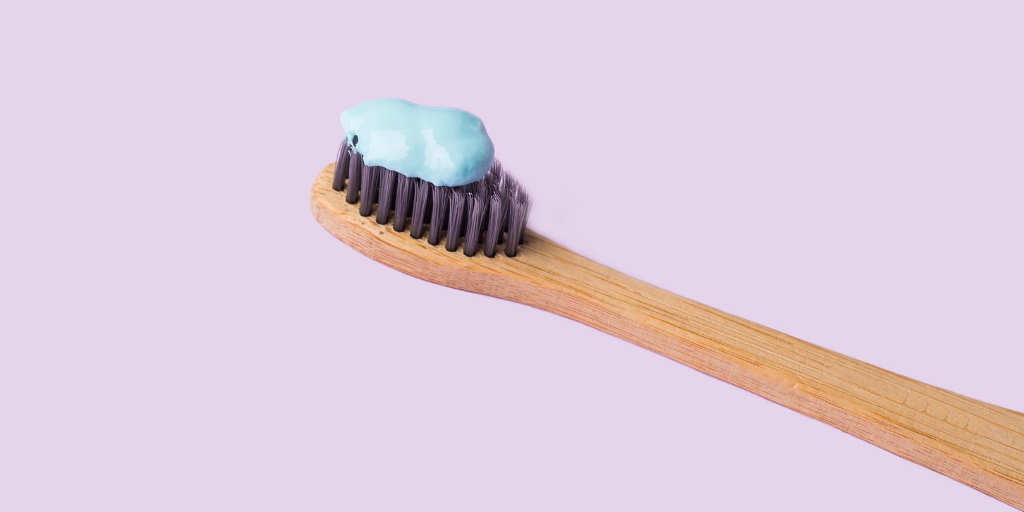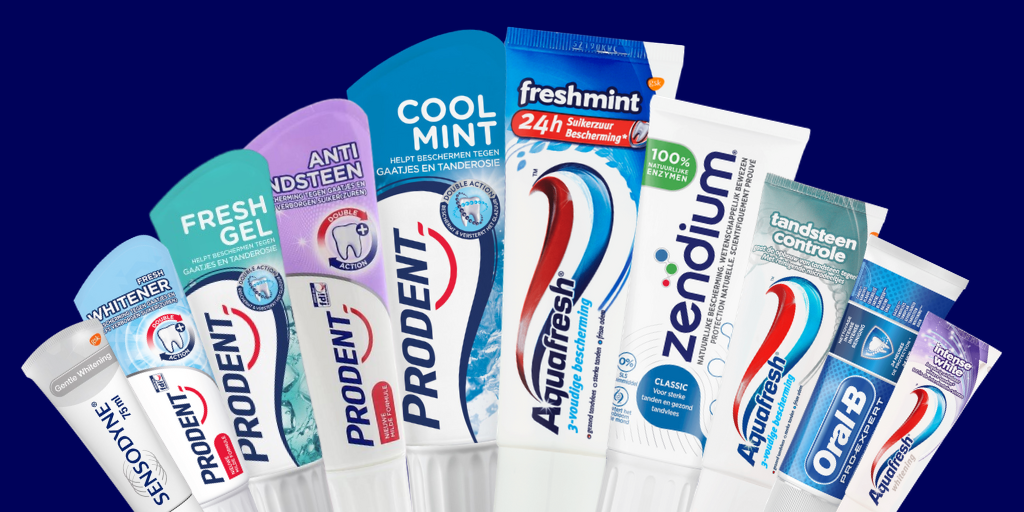Many people believe that microplastics in toothpaste are a thing of the past. The root of this misunderstanding comes from the fact that many toothpaste brands “voluntarily” phased out microbeads. The thing is: all microbeads are microplastic ingredients, but not all microplastic ingredients are microbeads. Let’s dig deeper!

In December of 2012, Unilever was the first multinational to announce the phasing out of plastic microbeads from their products worldwide. Other multinationals soon made similar statements. This “voluntary” action was a result of efforts of various campaigns and environmental organizations like ours, pushing multinationals to take accountability for their products. After continuous campaigning, we were proud to get 448 brands from 119 different manufacturers to promise to remove plastic microbeads from their products.
Microbeads, however, are only the tip of the iceberg; they are a kind of microplastic ingredient. The term microbead refers to the visible particles of plastic smaller than 5mm, which are usually spherical and have specific functions such as scrubbing, peeling or exfoliating. These plastic beads, mostly made from polyethylene, were used in particular products like scrubs and toothpaste and are more or less phased out as we speak.
The term ‘microplastic’ is not consistently defined but is typically considered to refer to small, usually made of a synthetic polymer of which there are several hundred different ones. Both microbeads and microplastics are under the size of 5mm. Microplastics are still widely used in all kinds of cosmetics and personal care products. They are very resistant to (bio)degradation and thus persists for a very long time in the environment. In cosmetics, microplastic refers to all types of plastic that are intentionally added to personal care & cosmetic products. There are also so-called sceptical microplastics for which there is not enough information available. Ongoing scientific research has to establish whether they should be recognized as microplastics or not.
All the countries that took action against microplastics in the context of cosmetics and care products have only banned microbeads and not all plastic ingredients. So far, 15 countries have taken steps to ban microbeads from rinse-off products. That simply means that microplastics are still very ubiquitous in our care products.
More than half of dental care products contain microplastics
Consumers all over the world can now send us data about their cosmetics and care products with the newly updated Beat the Microbead app. We have already received more than 17.000 products’ information. Ranging from shampoos and toothpaste to makeup and hand sanitizers.
We took a deep dive into the toothpaste and other dental care products that we registered so far. To date, we have registered 589 dental care products, including toothpaste and mouthwashes. Out of these 589 products, 349 contained either microplastics (13) or sceptical microplastics (268), and in some cases both (68). About 240 dental care products contained no plastic at all. Here are some of our findings:
Top 10 Most Scanned Dental Care Products with Microplastics & Sceptical Microplastics:

- Fresh Mint Toothpaste, Aquafresh
- Cool Mint Toothpaste, Prodent
- Tandpasta Classic, Zendium
- Anti-tandsteen Tandpasta, Prodent
- Tandsteen Controle 3-In-1 Tandpasta, Aquafresh
- Fresh Gel Toothpaste, Prodent
- Pro-Expert Intense Reiniging Tandapasta, Oral-B
- Arctic Fresh Whitener Tandpasta, Prodent
- Tandpasta Intense White, Aquafresh
- Gentle Whitening Tandpasta, Sensodyne
2 Most Common Microplastics In Dental Care Products:
- Carbomer
- PVP
3 Most Common Sceptical Microplastics In Dental Care Products:
- Poloxamer 407
- PEG-32
- PEG-12
There are plenty of options for plastic-free toothpaste
It is not difficult at all to make quality dental cleaning products that are free of plastic ingredients. Many brands around the world are popping with a variety of plastic-free toothpaste and tooth tablets. Brands like Smyle are radically changing our dental care routines for good. Not only can you choose to brush your teeth without microplastics, but you can also choose to produce zero waste while brushing your teeth. You can find a whole list of microplastic-free, certified ‘Zero Plastic Inside’ toothpaste HERE!
Just Keep Scanning!
The data research in this article was made possible by thousands of people sending us their scan results via the Beat the Microbead app. Every time you add a product to our database, you help us build a case against microplastics. With every product information, we can create evidence and convince authorities about the extensive use of plastic ingredients. A bit of extra effort on your side makes you a part of the fight against microplastics in cosmetics and care products. So, go ahead, keep scanning your cosmetics and help us get some more information. Easily done and hardly an effort!
You might also like:
→ Download the Beat the Microbead app & scan your products!
→ Sign this petition and ask the EU to ban microplastics in cosmetics

